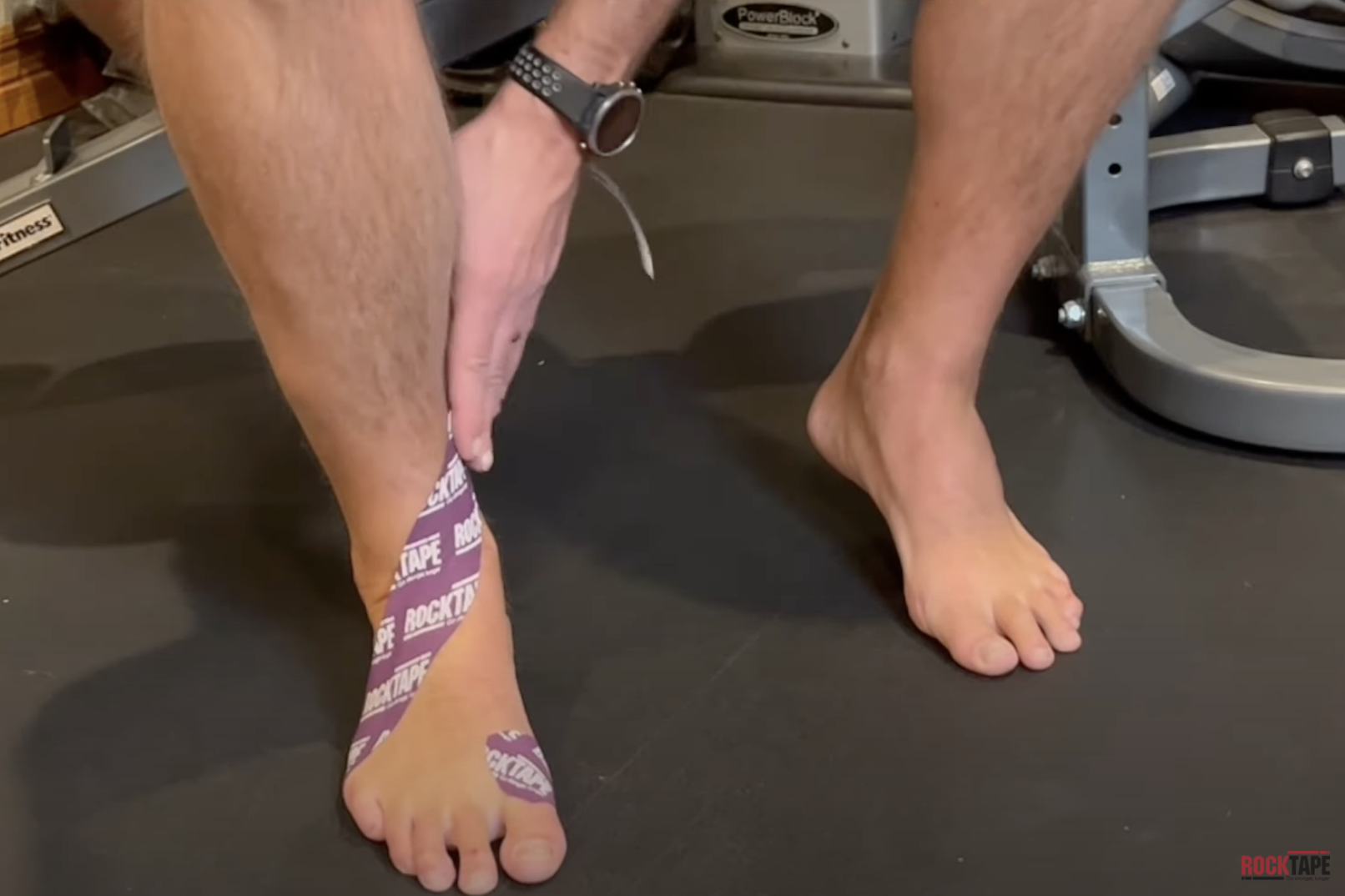Foot drop is a reduction in ankle dorsiflexion during the swing phase of gait, preventing flexing up the foot at the ankle. Runners experiencing “drop foot” typically alter their gait to compensate for the lack of mobility, which could cause other problems (stress fractures, tendonitis, etc.).
Ten years ago, NCAA athletic trainer Mitch Hauschildt was diagnosed with Multiple Sclerosis (MS). This year, despite relapsing MS, he’s preparing to run the New York City Half Marathon — and as an athletic trainer preparing to run a marathon would, Hauschildt built a customized and detailed conditioning protocol for runners with MS. This post is for the runner experiencing drop foot, or anyone else with foot drop related to an MS flare-up.
Multiple sclerosis is an autoimmune disease characterized by the demyelination of the nervous system, leading to poor transmission of nerve signals to and from parts of the body. MS often results in physical, mental and psychiatric problems for affected individuals. There is a broad spectrum of the disease, with some MS patients living rather normal lives, and others progressively losing function rather quickly, leaving many of them unable to walk unassisted.
A common MS-related complaint is foot drop, an inability to lift the front part of the foot and toes due to a lack of neurological control. Many MS patients experience worsening of their neurological symptoms during times of high heat or fatigue. While I don’t have a lot of heat related MS issues, I do experience foot drop when I fatigue.
When I was first diagnosed, I would experience foot drop after running approximately 1 mile. After several years of focused training to improve neurological efficiency, my foot drop now comes on much later during a run, but it still is an area of concern. When I experience foot drop, I am much more likely to trip, making running a more dangerous endeavor. I also experience hip pain after running with foot drop due compensatory patterns that I utilize to keep from tripping.

A strategy that I have found that works well for limiting foot drop is to use extra sticky kinesiology tape to provide feedback and support for my nervous system, delaying the onset of my foot drop symptoms. On long training days, I use a piece of tape that is anchored on the medial side of the foot. The tape goes under the foot, covering the metatarsal heads (it also helps protect my foot from blisters that I don’t always feel due to decreased sensation in my right leg). The tape runs diagonally over the top of the foot from the fifth metatarsal to the medial aspect of the tibia and spiraling around the lower leg, acting as a long anchor. My skin tolerates stretch on tape, so I apply up to 50 percent stretch to the tape on the top of the foot, and typically apply it with my ankle in dorsiflexion. While the stretch may irritate the skin in some people, it allows me to take advantage of the mechanical properties of the tape.
When using this taping application, I am able to run longer before experiencing control related symptoms in my foot and ankle, improving performance and keeping me safe. This application can be used for anyone experiencing foot drop, regardless of their diagnosis, activity levels or goals. It is easy to apply, comfortable to wear and fits neatly under a sock or in a shoe.
Check out this video to learn the application details.
Learn how to apply RockTape for foot drop, and run stronger, longer.
A second, more in depth tutorial for foot drop taping, with tab / tweak taping tips.

Mitch Hauschildt, MA, ATC, CSCS is a seasoned RockTape FMT instructor, collegiate athletic trainer, father of four and strong believer that movement is medicine. Ten years ago, Mitch was diagnosed with Multiple Sclerosis, changing how he moves, feels and approaches life. Recently, he set his sights on running the New York City Half Marathon in an effort to support the Tisch MS Research Center of New York. In this blog series, we are following Mitch’s training and learning how he uses RockTape and TriggerPoint tools to help him reach his goals. To follow Mitch’s journey and support Team Tisch, visit mitchfightsms.com.
*Not clinically proven for all injuries. Products are not intended to replace professional medical advice or treatment.